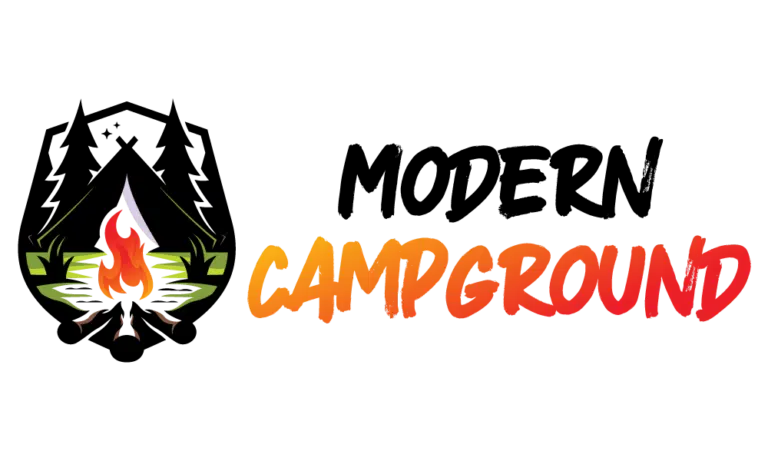The Minnesota Department of Natural Resources has opened an online questionnaire to gather public opinions on how user fees should support parks, trails and other outdoor assets under its four-year “4 The Outdoors” funding plan. The agency is seeking feedback from all stakeholders, and responses could help shape future price structures and grant programs that affect public and private outdoor facilities.
Launched in 2021 after months of town halls and surveys, the “4 The Outdoors” initiative produced a statewide report that sets four guideposts—benefiting future generations, working together, ensuring equity and aligning with state priorities—and four action areas for financing conservation and recreation.
Those action areas call for optimizing existing dollars, exploring fees, boosting direct support, and securing stable base funding. With the first category well underway, the department is moving into the second—how and where to levy fees—while also pursuing the fourth, a search for predictable revenue streams that keep trails groomed and lakes stocked without sudden spikes in costs.
The shift arrives after a busy 2023, the campaign’s first full year. The department leveraged Payment in Lieu of Taxes spending to qualify as Pittman-Robertson match, adding about $7 million a year to the Game and Fish Fund and unlocking another $29.8 million in federal aid. It also won a one-time $150 million Get Out MORE package, including $60 million to overhaul 1950s-era fish hatcheries—a move expected to increase stocking supplies prized by anglers who frequent nearby private campgrounds.
Customer-service upgrades followed. Parks and trails replaced cash envelopes with electronic payment kiosks, a new electronic license system is in the works, and the Minnesota State Park Nature Store returned to the State Fair, bringing in nearly $100,000 for conservation programs that help keep public lands—and the private businesses intertwined with them—attractive to visitors. The department says these steps demonstrate how squeezing more value from existing dollars can translate into smoother check-ins and healthier lakes for resort guests.
With new fee models on the table, private operators have a pivotal window to shape the outcome.
Private park and campground owners can designate an employee or themselves as the policy point person to subscribe to DNR alerts, newsletters, and the Engage DNR portal, ensuring they never miss a comment deadline or listening session.
Maintaining two or three ready-made data sets, such as seasonal occupancy rates, average length of stay, and guest-origin ZIP codes, can illustrate a site’s economic contribution and make written comments or public testimony far more persuasive.
Providing guests and staff with a template letter that explains in plain language how stable state funding keeps trails groomed, lakes stocked, and campgrounds operating, and inviting them to complete the DNR questionnaire in less than 10 minutes, can further amplify the industry’s voice.
Operators can coordinate talking points through their state campground association so the DNR hears a unified message on fee structures that complement, not compete with, private sites, such as day-use versus overnight differentials.
After submitting feedback, owners can continue the dialogue by offering their park or resort as a venue for future listening sessions, positioning themselves as partners rather than spectators.
The questionnaire itself asks participants to rank outdoor values, identify acceptable fee types and describe the experiences they most want to protect. The department says hundreds of ideas have already arrived, and the portal also lets users ask questions, share stories and sign up for project updates.
Looking ahead, operators can draft a shovel-ready project list, such as EV charging stations, solar-powered bath-house lighting, and ADA trail upgrades, to move quickly if the DNR later offers matching grants or low-interest loans tied to its stable-funding push.
Embedding any future state pass requirements directly into an online booking engine can keep the checkout process seamless for guests. Using incremental guest-facing fees to add value, such as offering a $2 conservation add-on that plants a native tree or funds shoreline clean-ups and issuing digital badges guests can share on social media, can build goodwill.
Offsetting new state or local fees by trimming operating costs—such as installing high-efficiency HVAC units for cabins, timed shower valves, and leak-detection protocols—can help ensure utility savings fund visible upgrades. Capturing guest feedback in a CRM and highlighting in pre-arrival emails how past fees have been reinvested into amenities guests will enjoy this season can reinforce transparency and trust.
The department plans more optimization work this year while refining fee proposals for the next legislative session. Operators who weigh in now may help calibrate any new charges so they complement, rather than compete with, private price structures and open doors to future matching grants that could underwrite big-ticket improvements.
Collaborative funding solutions forged through this process could keep Minnesota’s outdoor economy—and the businesses that serve it—thriving for decades, ensuring visitors continue to find well-maintained public lands alongside vibrant private campgrounds, resorts and parks.


